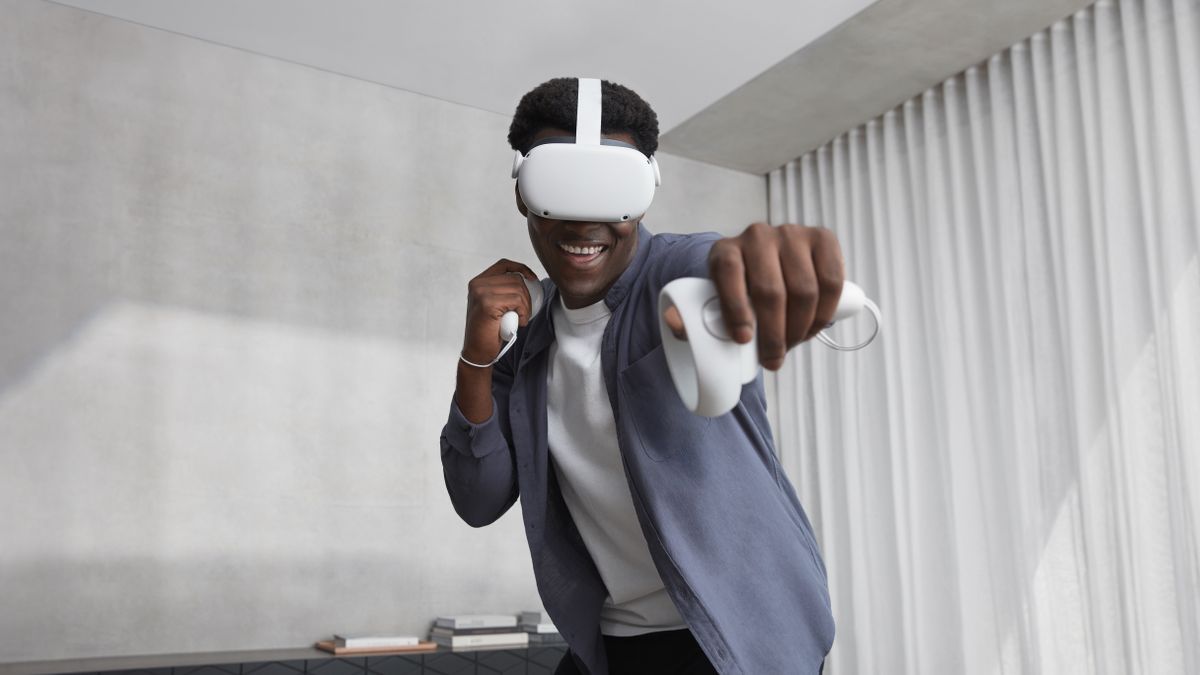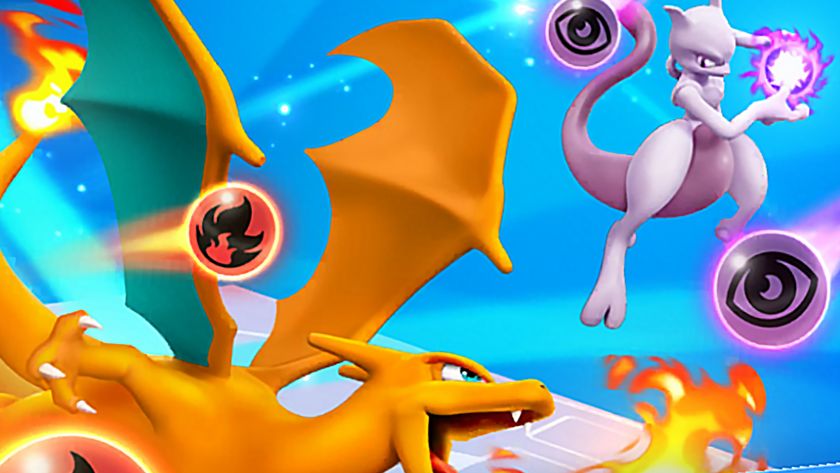12DOVE Verdict
Lessons have been learned as this refined take on the Oculus VR headset gives you more for less. An affordable price and optional PC-compatibility might be the boost VR needs right now.
Pros
- +
Vastly improved optics
- +
Faster, lighter headset, and more precise controllers
- +
Games and software runs faster and more smoothly
Cons
- -
Mechanical IPD means lenses won't fit some people
- -
Confusing PC connection, especially for non-Oculus games
- -
U-G-L-Y, you ain't got no alibi
Why you can trust 12DOVE
The Oculus Quest 2 has been a big hit since its release in 2020, giving proper VR gaming a much-needed boost and giving us hope that more devs will sit up and take notice in 2021. If you've been waiting to get into VR, but have been put off by the requirements of a super-powerful gaming PC, then let us tell you why the Oculus Quest 2 is the VR headset you need in your life right now.
The original Oculus Quest was a breakthrough moment for virtual reality. While the low-end Oculus Go and countless smartphone-based 'viewer' headsets had tried to deliver cordless VR, the result was often unimpressive games and passive experiences. The Quest was the first discrete unit to provide high-quality, immersive titles that could compare to tethered PC or PSVR experiences. Playing Beat Saber without fear of tripping or yanking your computer tower over was a revelation. Players agreed, and the hardware has faced regular shortages as a result.
No surprise, then, that Oculus-owner Facebook would want to keep the momentum going with an improved model. Slightly more surprising, is that Facebook leaked news of the Oculus Quest 2 ahead of its own Connect event. The new unit aims to build on the successes of its predecessor, provide more power to developers, and make VR more engaging and social – all while lowering the price to a tantalizing $299/£299/AU$479 for the 64GB storage model, and $399/£399/AU$639 for the 256GB version, double the maximum capacity on the first Quest.
How does the finished product hold up though? The short version is that the Oculus Quest 2 more than delivers on the promises of improving on its predecessor, but it's clear some sacrifices have been made along the way.
The chief offender is the aesthetics and materials of the new headset. While it's lighter (503g vs 571g) and, broadly, more comfortable than the original, the Oculus Quest 2 looks cheaper. Its white plastic shell is begging to acquire greasy fingerprints and grime, a problem not helped by the removal of the fabric outer of the first Quest – one of the most obvious sacrifices to reach that lower price point. It also abandons the fixed 'shell' of the headset strap for a fully elastic one, and although this has practical benefits, making it easier to store and transport the headset, it does make the Quest 2 feel less auspicious.
The lenses are now less adjustable, swapping a slider to space them for different facial structures for three fixed, mechanical positions. These are spaced at inter-pupillary distances of 58mm, 63mm, and 68mm, and Prabhu Parthasarathy, VR Product Manager at Oculus, says the company's research shows this will accommodate "between the fifth and ninety-fifth percentile" of users. That won't be much help for anyone on the outliers, though Oculus has plans to release a "Fit Pack" which, despite the name, is not related to health but rather to better fit more faces. At the time of writing, we have not yet seen or tried the Fit Pack though.
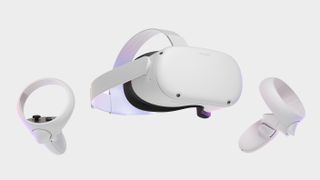
There are some slight curious design tweaks, too. The positioning of the USB-C port now sits below the left ear strap, meaning it rests below the surface of the box it's housed in. A minor quibble, but this prevents you from leaving the headset on charge while safely sitting in its home. In terms of software design – well, sort of – the new headset mandates a Facebook log-in, even if you already have an Oculus account. This will be unpopular for some, but there's no way around it.
Perhaps the biggest change is abandoning the dual OLED panels of the original for a single fast-switch LCD in the Oculus Quest 2. This means that rather than having a dedicated 'screen' per eye, there's one larger one inside the headset, and the lenses focus the visuals to each eye.
However, in actually using the headset, only the most churlish or objectionable user would grumble at the results. The Quest 2 has an immediately obvious and undeniably sharper resolution than its predecessor, even in the set-up phases where all you're staring at is the Oculus void. Where the original had a per-eye resolution of 1440×1600, the Quest 2 boasts 1832×1920 per eye. This massively benefits games, resulting in sharper and more detailed worlds, while making text-heavy experiences such as The Room VR actually legible.
Sticking with the optics, the Quest 2 will also be capable of 90Hz display. We say "will" because currently, it's capped at 72Hz, as with the Quest 1, but support for the higher refresh rate will be rolled out soon. This should prove beneficial to shooters in particular, and allow VR games to become even more responsive.
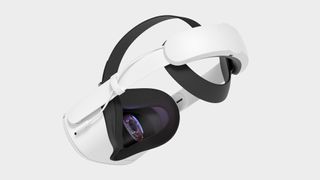
It's also significantly more powerful 'under the hood', upgrading from Qualcomm's Snapdragon 835 CPU to the beefy XR2 platform, which is designed specifically to build VR and other mixed reality experiences on. The Quest 2 gets a 50% boost in RAM too, leaping from 4GB to 6GB. The results are faster response times across the board, with games loading faster when starting up and performing better while in use.
One of the keys to the Oculus Quest's success was the inclusion of the Oculus Touch controllers, allowing players to interact more fully with VR worlds than the simple, single pointer in Oculus Go allowed. These too get an overhaul for Quest 2, with their own pros and cons. Like the headset, they're the same cheap-looking white plastic, and where the headset lost its fabric outer, the new Touch controllers lose their rubberized grips. Gone too are the magnetic clasps over the battery cover, replaced instead with a traditional click-tab. Parthasarathy says this is a functional decision though, as players were complaining of knocking the magnetic battery covers off during "intense" gameplay. Bizarrely, despite the new controllers actually being a few millimeters longer than those included with the first Quest, they feel shorter, possibly as a result of losing the resistance of the rubber.
Again though, looks are deceiving, because the tweaked controllers are technologically an improvement. A wider surface area where the thumb sits makes for a more comfortable and spacious feel, and about 10g has been shaved off the weight, making them feel even more natural in the hand. Sadly, they’re still not internally rechargeable, relying instead on a single AA each, but Oculus suggests 4x better battery life. We can't confirm this accurately yet, but we've put in extensive use on the headset and have yet to recharge or replace the controller batteries. On the internal HUD, they still show as fully charged, too.
Best of all though, they feel far more precise. Positional tracking is noticeably better, allowing for better interactions in-game. Playing the VR gateway drug that is Beat Saber, songs that we'd previously gotten S-Rank on were scoring SS-Rank, and the precision of the sabers as they slashed through the oncoming blocks was resulting in higher scores.
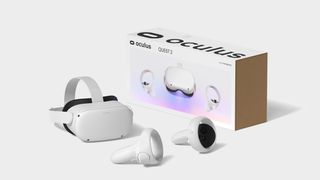
Facebook is also making a big push for Quest 2 to be its dominant VR platform, enhancing the Oculus Link feature allowing players to connect the headset to PC via USB-C to serve as an ersatz Rift S. Although it still needs some refining just to smooth out the connection and boot-up experience – which it should get as Link leaves Beta later this year – the Quest 2 holds up admirably. Every piece of Rift S software we tried ran without flaw, although feeling that tug of a cable does mar the experience somewhat once you're used to free-roam VR. It's also slightly jarring that the Rift environments – the virtual spaces you inhabit between selecting games or apps – are distinct from those on Quest; perhaps something else to be refined or merged to better unify the experience.
There's one area that was left wanting when it came to PC connection though – running games in VR from outside of Oculus' ecosystem. Trying to run Obduction on SteamVR resulted in a host of problems; virtual brick walls stopping you from getting anywhere. The first time, starting Obduction first and then putting the Quest 2 headset on, went nowhere – the game ran on the PC monitor but not in VR. Second attempt saw the game load on the Oculus Quest 2's virtual desktop screen, resulting in a large floating monitor appearing in VR space, a sort of gaming IMAX but not immersive VR.
Finally, it clicked to use the virtual desktop to open Steam, then launch Obduction – only to be met with an error message in the headset saying external titles were blocked and to exit VR in order to adjust settings in the desktop Oculus app. All that done, fourth time was the charm, and the game launched, via virtual desktop, in full and glorious VR. All told though, this was far too arduous an experience, with no clear explanation of what was going wrong. If Oculus wants Quest 2 to open up VR to more people, it better needs to explain features like this.
Oculus Quest 2 - the headset VR needed
Overall though, in terms of experience, Quest 2 is an undeniable improvement on the previous model, despite the shift to a single internal panel display. Games are smoother, faster, and better engaged with, and the expansion of support for more powerful titles on PC via Oculus Link is to be welcomed. There's also no denying it feels and looks cheaper though – but that may be the price VR enthusiasts have to pay for the technology to finally, fully breakthrough into the mainstream.
Is Oculus Quest 2 the prettiest piece of tech out there? No. Is it a strong contender for the best VR experiences at present? Absolutely yes. It's also hard to argue with shaving £100 off the price while delivering a 50% power boost and sharper visuals. It is odd that Facebook didn't hold off a while longer until it could deliver full 4K optics – cue Quest 3 in a couple of years, no doubt – but it's no slouch on the graphics front by any means. Sacrifices have been made, but it's an improvement on its predecessor in almost every sense.
First reviewed in September 2020.
If you're after more Oculus Quest 2 deals, we'd recommend keeping in touch with our full guide to all the latest sales.
Matt Kamen is a freelance journalist specialising in games, media, and technology. His work can be found online and in print for publications like Empire, Wired, GamesRadar, Newsarama, The Observer, and more.
